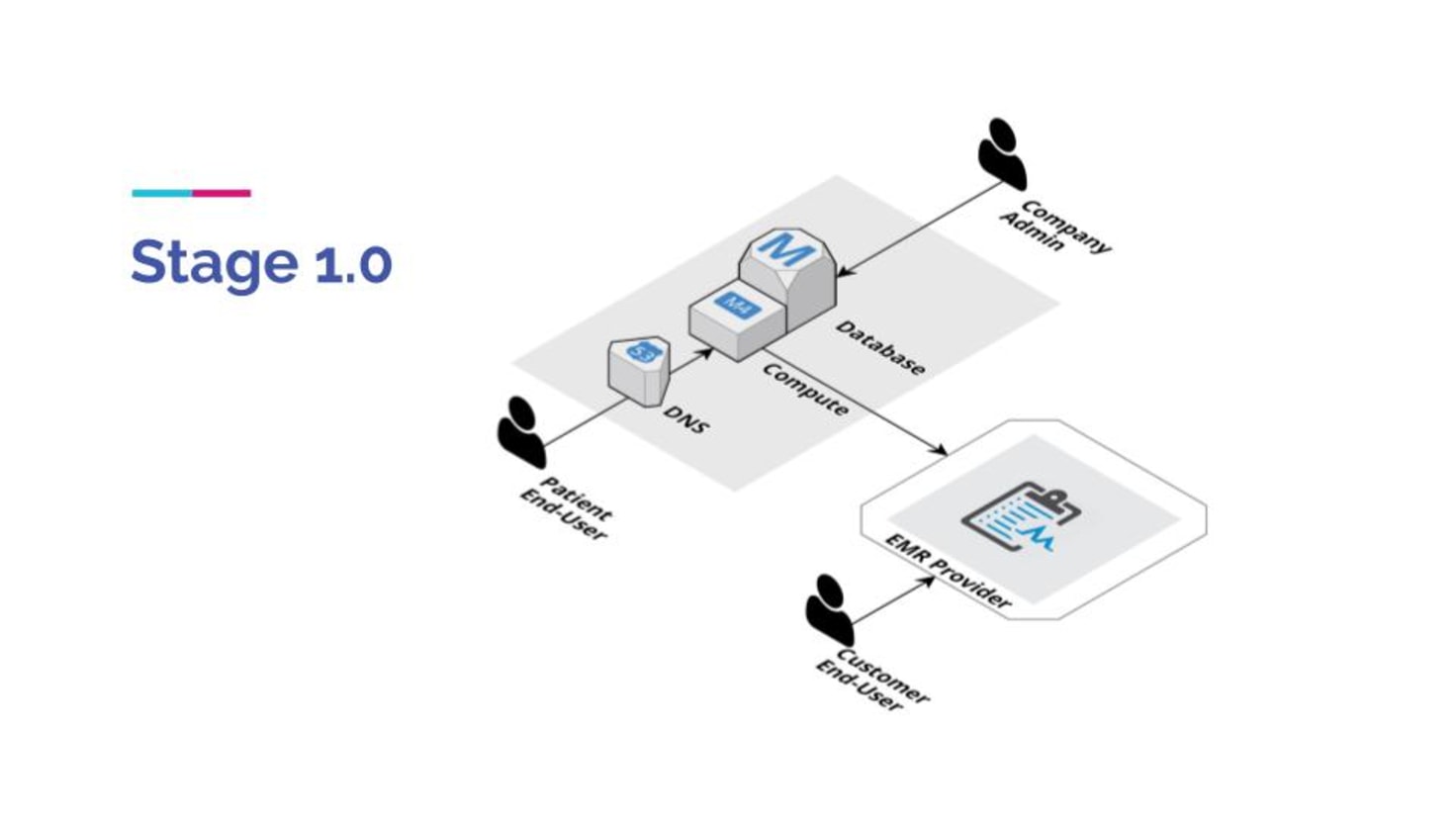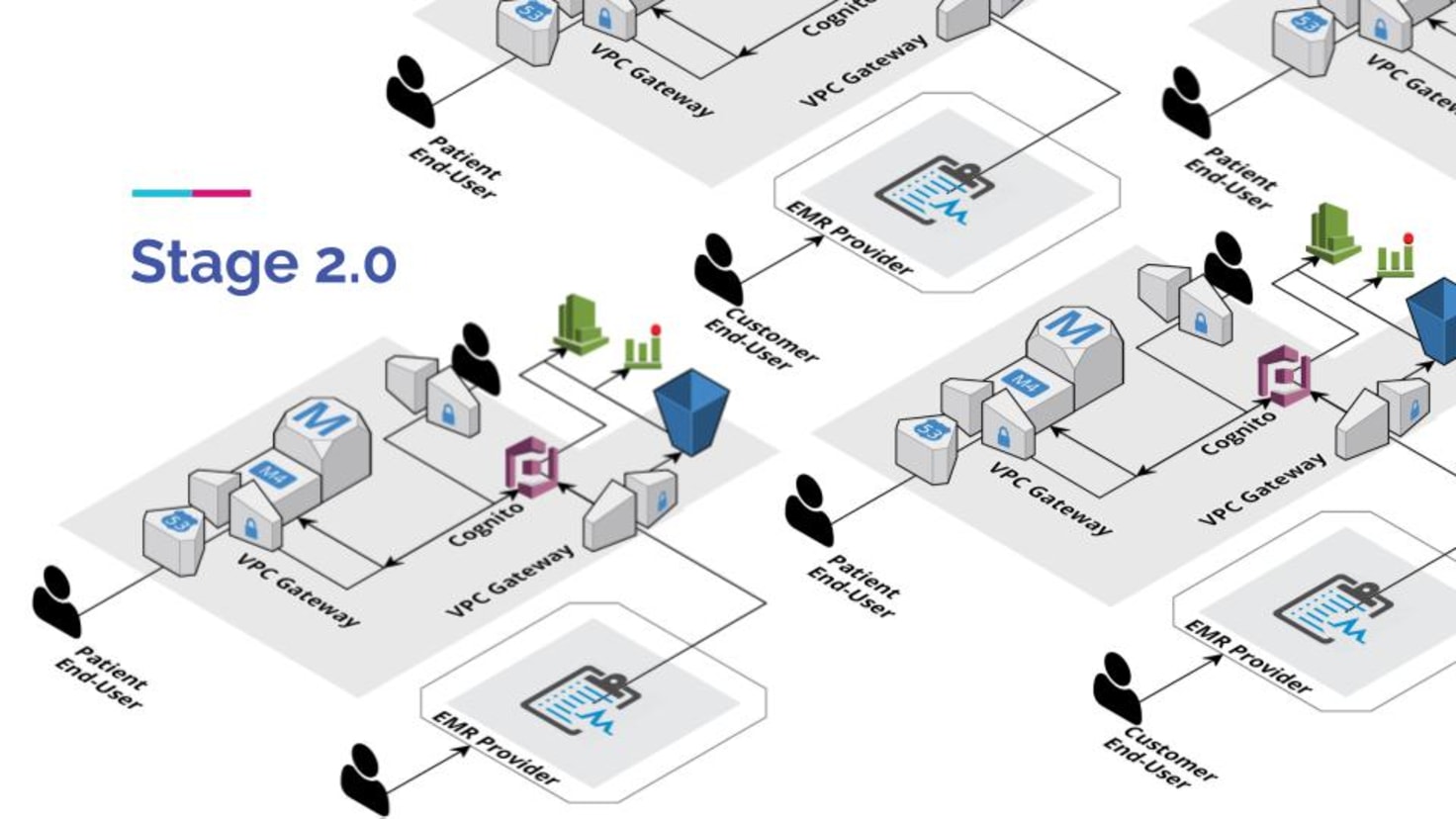Setting the Stage: Denver Startup Week 2018
Hey there, reader! Frank here, diving into the heart of the healthcare technology revolution from Denver Startup Week 2018. We're not just talking about any tech wave; we're riding the tsunami of healthcare innovation reshaping how we manage health data. Picture a world where healthcare IT isn't just a sector; it's a beacon of progress, with predictions placing its value at a jaw-dropping $280 billion by 2021. That's not just growth; that's a full-blown explosion of demand for healthcare software solutions that smartly navigate the tricky waters of cost-efficiency and regulatory compliance.
I had the awesome opportunity to talk about the booming world of healthcare technology, its challenges, and the future during Denver Startup Week (DSW) last month. Denver Startup Week is celebrated as the largest free entrepreneurial event in the world. It's a platform where entrepreneurs, innovators, and business leaders come together to share ideas, learn from each other, and celebrate the entrepreneurial spirit in various sectors, including technology, business, and healthcare.
In this talk, I explored the massive growth in the healthcare IT market and why it's such a hotbed for innovation and investment. Then, I navigated the choppy waters of HIPAA compliance, breaking down the privacy and security rules that are important to designing and developing software in this highly regulated sector.
To top it off, I took the audience on a guided journey through the scaling problem, from startup to enterprise, showing how healthcare tech evolves and thrives in this complex ecosystem.
Healthcare Tech Explosion: A Market on Fire
In the healthcare technology arena, we're seeing a surge that's not just impressive; it's transformative. With a robust compound annual growth rate of 16%, this sector is on a meteoric rise, fueled by the relentless quest for innovative healthcare solutions. This isn't just about numbers; it's a narrative of revolutionizing healthcare delivery through the magic of technology.

HIPAA: Navigating the Compliance Jungle
Let's break it down: HIPAA, or the Health Insurance Portability and Accountability Act, isn't just a bunch of legal jargon. It's the golden rule for handling Personal Health Information (PHI) in the tech-driven world of healthcare. Compliance here is key, and it's not just about ticking boxes; it's about weaving a fabric of privacy and security that covers every byte of patient data.
At a high level, HIPAA has three rules that demand our consideration:
- Privacy Rule: establishes national standards to protect individuals’ medical records and other personal health information and applies to health plans, health care clearinghouses, and those health care providers that conduct certain health care transactions electronically.
- Breach Rule: requires covered entities and their business associates to provide notification following a breach of unsecured protected health information.
- Security Rule: establishes national standards to protect individuals’ electronic personal health information that is created, received, used, or maintained by a covered entity
Let's look at the Privacy and Security rules more closely.
HIPAA Privacy Rule: The Gatekeeper of Patient Data
The HIPAA Privacy Rule is the cornerstone of patient data protection. This sets the standard for how PHI should be used and disclosed, ensuring that privacy isn't just a policy.
HIPAA Security Rule: The Digital Shield
The HIPAA Security Rule is where tech meets trust. It's all about putting up a digital fortress to safeguard electronic PHI, with mandates that ensure data integrity, confidentiality, and availability are more than just buzzwords; they're the backbone of healthcare IT security.
The Tech and Admin Safeguards: Building a Compliance Fortress
When building healthcare technology, technical and administrative safeguards are the unsung heroes. These aren't just guidelines, they're the strategic blueprint for securing PHI in the cloud-native software landscape.
Technical Safeguards: The Digital Locks and Keys
When we talk technical, it's all about the nuts and bolts of data protection. This means implementing encryption, access controls, and audit trails that don't just secure data but turn it into a fortress that keeps threats at bay.
HIPAA itself doesn't tell us exactly how to implement these things; instead, it informs us of what pieces are "required" and which are "addressable".
Required
- Implementing a means of access control
- Introduce activity logs and audit controls
Addressable
- Introducing a mechanism to authenticate ePHI
- Implement tools for encryption and decryption
- Facilitate automatic log-off from hardware
Administrative Safeguards: The Command Center
On the administrative front, we're orchestrating security practices. This is where policies, procedures, and employee training come into play, ensuring that everyone in the organization is marching to the beat of the compliance drum.
Similar to the Technical Safeguards, these components are also split into "required" or "addressable" categories:
Required
- Conducting risk assessments
- Introducing a risk management policy
- Developing a contingency plan
- Restricting third-party access
Addressable
- Training employees to be secure
- Testing of contingency plan
- Reporting security incidents
Scaling Healthcare Technology: Conceptual Model
Now let's journey through the lifecycle of a healthcare product, guided by yours truly. We're not just scaling a mountain; we're navigating through the milestones of a product's growth, ensuring that at each stage, compliance and innovation walk hand in hand.
To do this with a live audience, I created a mock software as a service (SaaS) business with a market of Cardiologists. The application would gather real-time heart rate and heart rate variability data to aid providers in diagnostics. The audience and I took the business through the three levels of growth; start-up, scale-up, and enterprise -- all the while, we examined what had to occur so that the business operations could remain efficient without sacrificing innovation. The sweet spot we strive for at each milestone is one where regulatory compliance doesn't interfere with the efforts of our sales and engineering teams.
Milestone 1: Start-up
We're starting in the realm of startups, where the air is thick with potential. Here, the focus is on getting that MVP out the door, ensuring it's not just functional but also compliant. This is the testing ground, where every feature and function must prove its worth in the healthcare market.

This is our MVP architecture, and it will work fine for the company while it's still pre-revenue. Shortcuts in compliance pay dividends with speed to market, but we will have to address them before storing any ePHI in this system.
Milestone 2: Growth
As we hit our stride, scaling becomes the name of the game. It's about expanding capabilities, reaching more customers, and ensuring that our tech backbone is robust enough to handle the growing load. Here, the interplay of cloud-native software and healthcare product management is crucial to balancing the scales of growth and compliance.

Our growth stage product architecture is the same as our start-up stage, just horizontally scaled.
Milestone 3: Enterprise
As we elevate to the enterprise stage, we're starting to play in the major leagues of healthcare tech. This is where the rubber meets the road, and we start dealing with complexities at scale. We're talking about managing vast arrays of data, integrating complex systems, and navigating the intricate web of regulatory compliance across different regions and markets.
Our strategy gets tested, as we tailor our healthcare solutions to meet the diverse needs of large-scale organizations, all while ensuring that our tech remains cutting-edge and compliant. This stage is the true test of our ability to innovate responsibly, making sure that as we expand our reach, we continue to deliver secure, efficient, and impactful healthcare solutions that stand the test of time and scale.
At this stage, a company's risk is mostly from its partners, with the risk landscape expanding as we rely more and more on collaborations to fuel growth and innovation. This is where due diligence and strategic alignment come into play.
As an enterprise in the healthcare tech space, we must scrutinize our partners’ practices, ensuring they adhere to the same stringent HIPAA standards and values we uphold. It’s about creating a symbiotic relationship where data flows are secure, and operational integrity is maintained across the board. The challenge here is to build a network of trusted partners who not only bring value to the business but also share a commitment to upholding the highest standards of data protection and regulatory compliance, thus safeguarding the enterprise from potential risks and liabilities that could arise from third-party engagements.
Conclusion: Navigating the Future of Healthcare Tech
At my talk during Denver Startup Week, we dug into how this sector is not just growing—it's exploding, fueled by the need for smart, compliant healthcare solutions. We unpacked HIPAA's privacy and security rules, and how it shapes our product growth strategies. Plus, we navigated the scaling problem, from the agile startups to the towering enterprises, all while keeping our compass pointed towards compliance and innovation.
In wrapping up this adventure, let's not forget the essence of what we're doing here. We're not just building software; we're shaping the future of healthcare. As we dive into the complexities of healthcare software, product management, and regulatory compliance, remember that at the core of this journey is the mission to enhance health outcomes through technology -- and grow technology businesses that scale.
If you get one takeaway, I hope it's this: In the world of healthcare tech, it’s all about striking that perfect balance between pushing the digital envelope and keeping everything secure.


